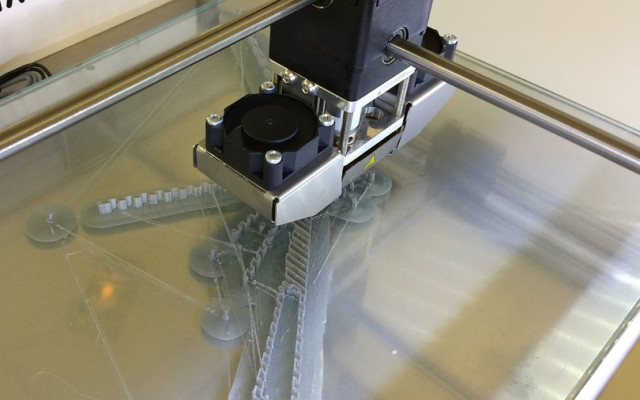
This bus-sized 3D printer can print a bike in half an hour


An Australian firm has showcased what is believed to be the world's largest and fastest metal 3D printer, Financial Times reported.
The bus-sized printer built by Titomic is said to be powerful enough to 3D-print a metal bike in just under 25 minutes and can also be used to print complex aircraft designs of wing parts up to nine metres long.
“Only a year ago people thought it would not be possible to use this type of printing process to make large-scale metal parts for industry,” Jeff Lang, chief executive of Titomic, was quoted as saying. “Now we are doing it larger and faster than anyone else.”

The technology being used by the Aussie firm was developed in partnership with the Commonwealth Scientific and Industrial Research Organisation -- the country's science agency.
Explaining the process further, the report said that the company makes uses of cold spray technology that sprinkles titanium alloy particles layer by layer instead of cutting the metal panels on an assembly line.

According to the report, Titomic has said that Italian shipbuilder Fincantieri is in talks with them to explore additive manufacturing that uses kinetic fusion.
Another report from the Sydney Morning Harald said that the company was planning to print products such as golf clubs and other products made out of titanium.
Additive manufacturing has been attracting interest across the globe of late. A recent report from market research firm International Data Corporation (IDC) estimated that expenditure on 3D printing is expected to reach $3.6 billion by 2021 in the Asia-Pacific region with a five-year compound annual growth rate (CAGR) of 22.4%.

It also showed that 3D printing-related services—consulting, systems integration, and on-demand parts manufacturing services—and material expenditure combined will account for nearly 45% of the total spending in the region for the designated period.
